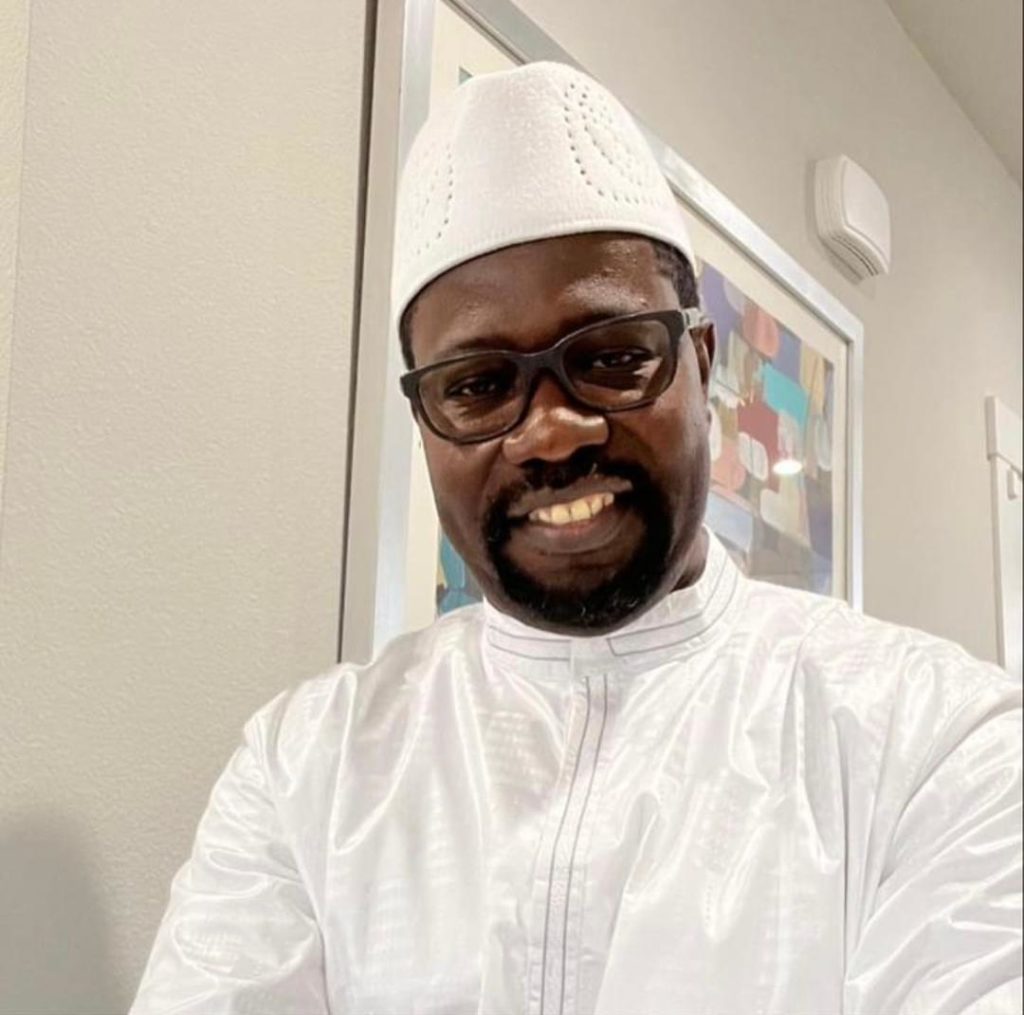Communication, Engagement, and Collaboration Are Key In Advocacy

By Ousman Ceesay
Communication plays a pivotal role in shaping societal attitudes and behaviors. Advocacy, especially in the context of contentious issues like ending female circumcision, requires careful consideration of the messages conveyed and the methods employed. While the knee-jerk reaction might be to seek immediate criminalization as a solution, such an approach can have unintended consequences, as exemplified by the experience in the Gambia today. To effectively address this issue, we must embrace a more nuanced and community-centered strategy, prioritizing engagement, education, and collaboration over divisive measures.
Many individuals, like myself, come from communities where female circumcision has deep cultural and religious roots. As advocates for change within our own communities, we find ourselves in a unique position to initiate conversations and challenge long-standing traditions. However, it is crucial to acknowledge that attempting to eradicate such deeply ingrained practices through confrontation and threats of criminal prosecution can often alienate the very people we seek to persuade. A successful advocacy strategy should prioritize building alliances within these communities.
One commonly proposed solution to ending female circumcision is the enforcement of legal bans. While well-intentioned, this approach often backfires. Criminalizing a practice deeply intertwined with religious and cultural beliefs can lead to resistance and mobilization by proponents of the tradition. They may view such measures as an attack on their culture, leading to further entrenchment and defiance. Moreover, legislation can inadvertently drive the practice underground, making it harder to monitor and regulate. In essence, bans can have the opposite effect of what advocates intend.
Advocates often rely on statistics to demonstrate progress in the fight against female circumcision. However, these statistics can be misleading if they fail to accurately reflect the realities within affected communities. As data scientists understand, the quality of data determines the accuracy of results. In this context, relying on incomplete or flawed data can lead to overoptimistic assessments of progress. It is crucial to ensure that data collection efforts are comprehensive and culturally sensitive to provide an accurate picture of the situation.
To truly end female circumcision, we must adopt a sensitive and community-focused strategy. This approach prioritizes engagement, education, and collaboration over divisive methods. Instead of alienating communities through aggressive tactics, we should work to foster understanding of the harms associated with the practice. Building alliances with key figures within these communities, such as religious leaders and community elders, can be instrumental in driving change from within.
One of the most effective ways to combat female circumcision is through education and outreach initiatives. These programs should be tailored to the specific cultural and religious contexts of the communities in question. By providing accurate information about the health risks and consequences of the practice, we can empower individuals to make informed decisions. Additionally, we should support initiatives that offer alternative rites of passage that respect cultural traditions without causing harm.
In the fight to end female circumcision, communication and advocacy are essential tools. However, it is crucial to recognize that a one-size-fits-all approach, such as immediate criminalization, can be counterproductive. To achieve lasting change, we must prioritize engagement, education, and collaboration within the affected communities. By building alliances, fostering understanding, and investing in long-term change, we can hope to bring an end to this deeply rooted tradition while respecting the cultural and religious beliefs of those involved. Ultimately, ending female circumcision requires a sensitive and community-centered strategy that respects the agency of those affected and empowers them to make informed choices.

